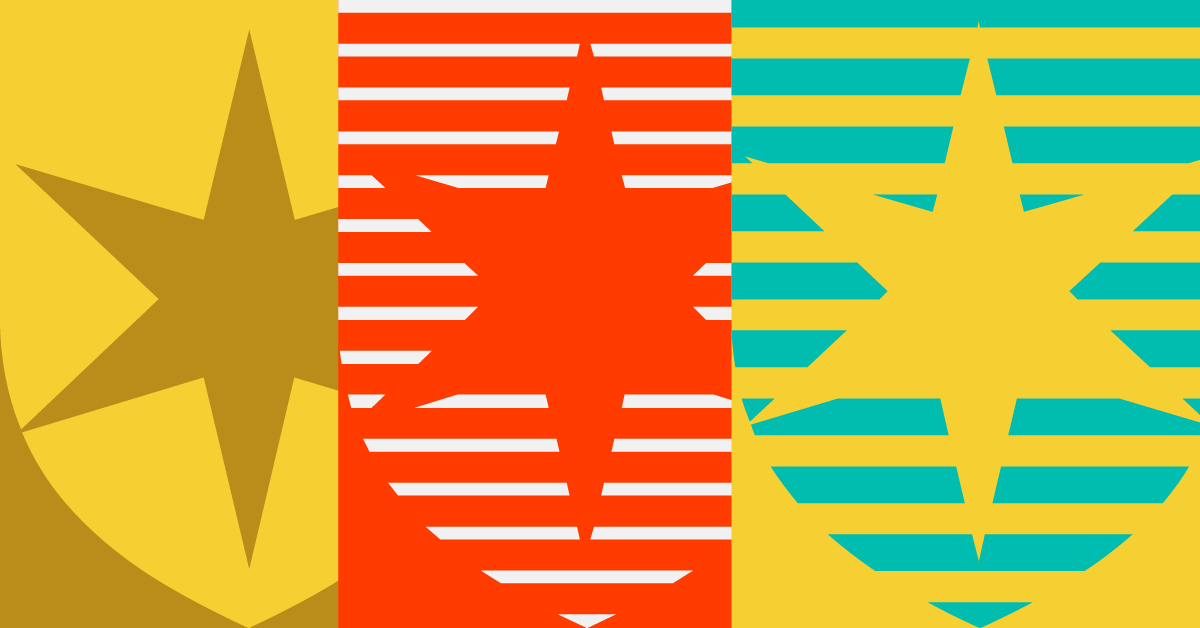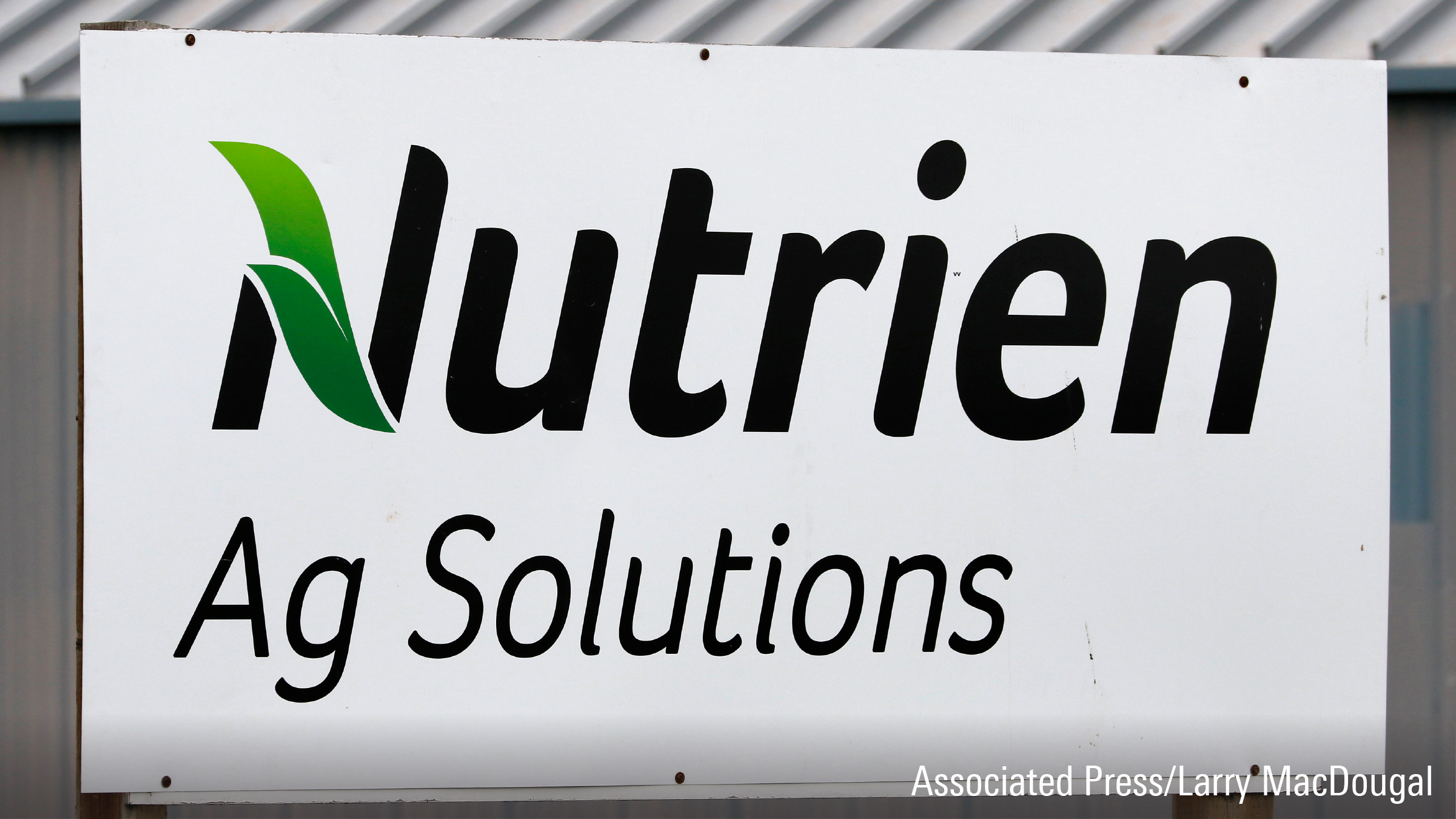
It’s been a tough year for Canadians as they face higher interest rates, food prices and mortgage payments.
The Canada debt situation is concerning. According to Equifax Canada’s latest Market Pulse Consumer Credit Trends and Insights report, Canadians' non-mortgage debt increased in 2023 by 4.1 percent, mainly fuelled by a $15.9-billion increase in credit card debt. The total consumer debt in Canada is $2.45 trillion, up by 3.2 percent from the previous year.
Debt Relief Options
Dealing with debt, plus increasingly tough economic conditions, is challenging. But there are options.
Let’s review four strategies for Canadians to get rid of debt:
#1 Make a Plan
Every time I interview a financial planner, the number one rule regardless of topic – debt, saving, investments – is to have a plan.
“I know it sounds basic. But it doesn’t need to be complicated, and you must have a plan. A lot of my clients have many things fighting for their paycheque: family, housing, personal needs,” says Lewis Kent, Financial Advisor at SPM Financial in London, Ontario.
He adds that it’s a losing strategy if you simply put leftover money away at the end of the month. “The day you get paid you put money towards your debt. You pay yourself first,” he says.
And for most clients after having a plan, they will have a positive experience regarding tackling their debt.
The true first step to having a plan is gaining greater clarity around your expenses. You need a full financial analysis either on your own or with a professional.
Once that’s complete, here is a step-by-step list from the Financial Consumer Agency of Canada:
- Make a list of your debts
- Review your budget
- File your taxes
- Decide on a strategy
- Consolidate your debts (if it makes sense)
- Avoid taking on more debt
- Know where to get help (you aren’t alone)
#2 Knock off the Debt with the Highest Interest Rates
Kent’s clients are mainly doctors, particularly recent graduates, with debt. What he does is look at their student loans. Federal student loans are 0% interest, but provincial student loans vary. For example, Ontario loans charge 8.2% interest, whereas BC loans are 0% interest.
With Ontario doctors he tackles the provincial student loan first. “We make that the priority. Why pay off the 0% federal loan first? Don’t rush that,” he says.
Pay off debt with the higher interest rate first. This method is also referred to as the ‘debt avalanche method’, it requires more patience, but you’ll pay less interest compared to tackling the smallest debt first.
#3 Call Your Creditors
Don’t overlook these phone calls. Tell your creditors you are ready to create a debt repayment plan.
A few things they may offer, which can potentially lower payments or interest:
- Consolidating your debts into one loan
- A new interest rate
- Offering a longer period for debt repayment
Debt consolidation in Canada can come in many forms, such as a credit card balance transfer or home equity loan. For more information on debt consolidation methods, Equifax Canada provides a summary here.
#4 Cut up the Credit Card
Previously, I noted that there has been a $15.9 billion increase in credit card debt across the country. If you’re one of those Canadians who keeps getting wrapped up in credit card debt – it might be time to ditch it.
Instead, use debit cards – a sure way to meet your budgeting goals every month. There’s zero chance of accruing debt or interest with your debit card, and no balance to worry about at the end of the month. Plus, it’s just as easy to track spending and meet your monthly budget.
Another option is to use cash. It’s old school, but it works for avoiding debt. The only issue is that not every place accepts cash anymore – with a quarter of Canadian grocery stores saying they won’t accept cash in five years.
A debit card and cash combination is ideal if you’re ditching the credit card, serving as a balance of technology, convenience, and debt repayment.



















